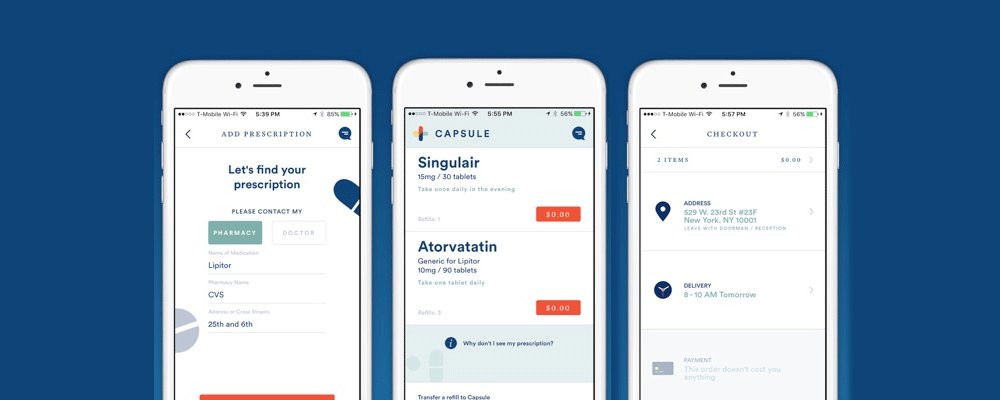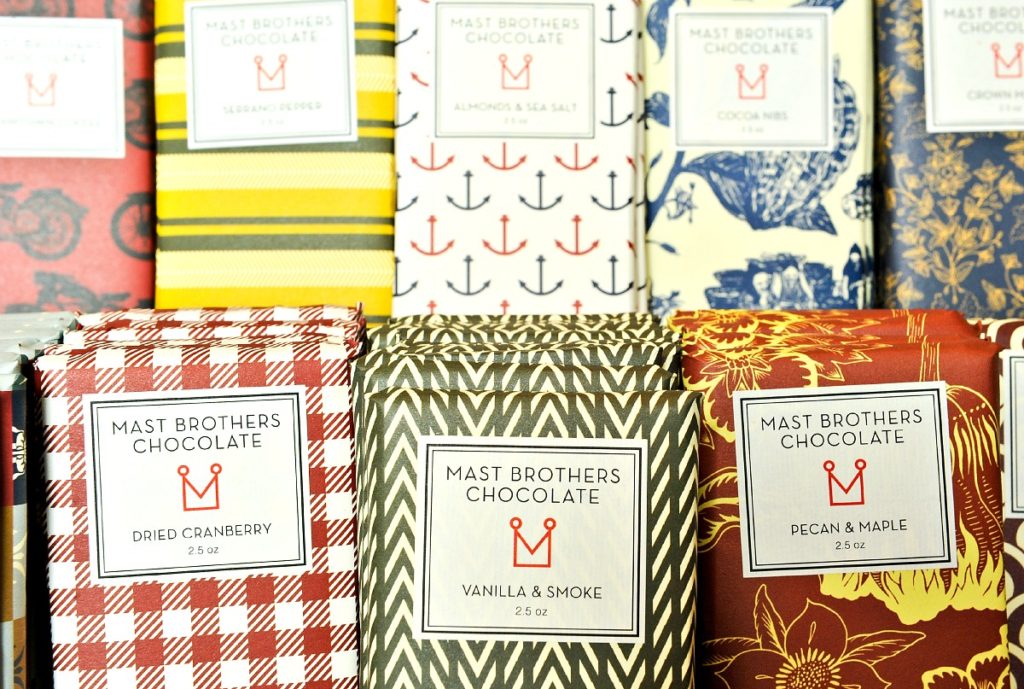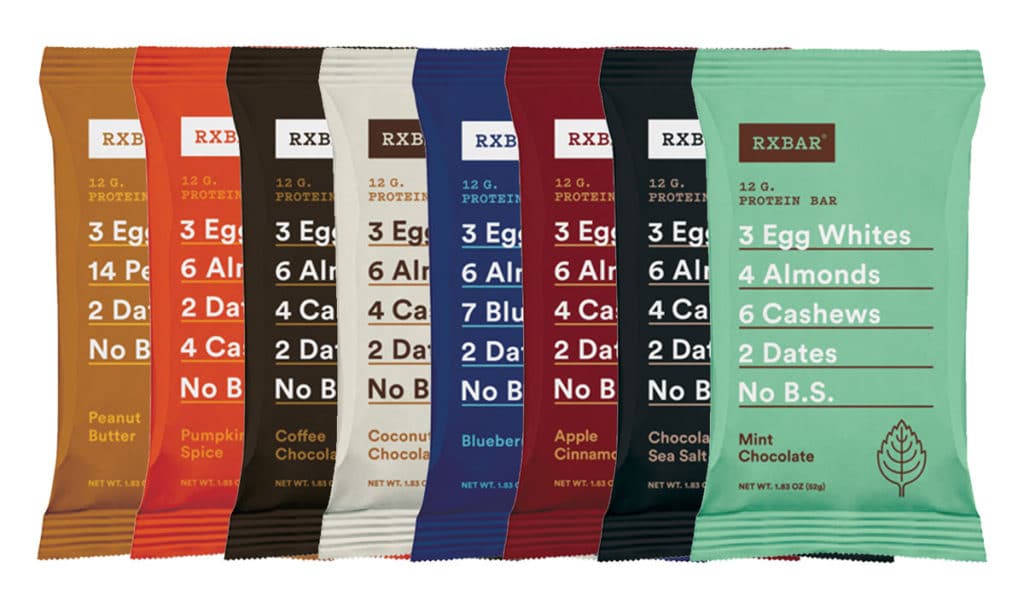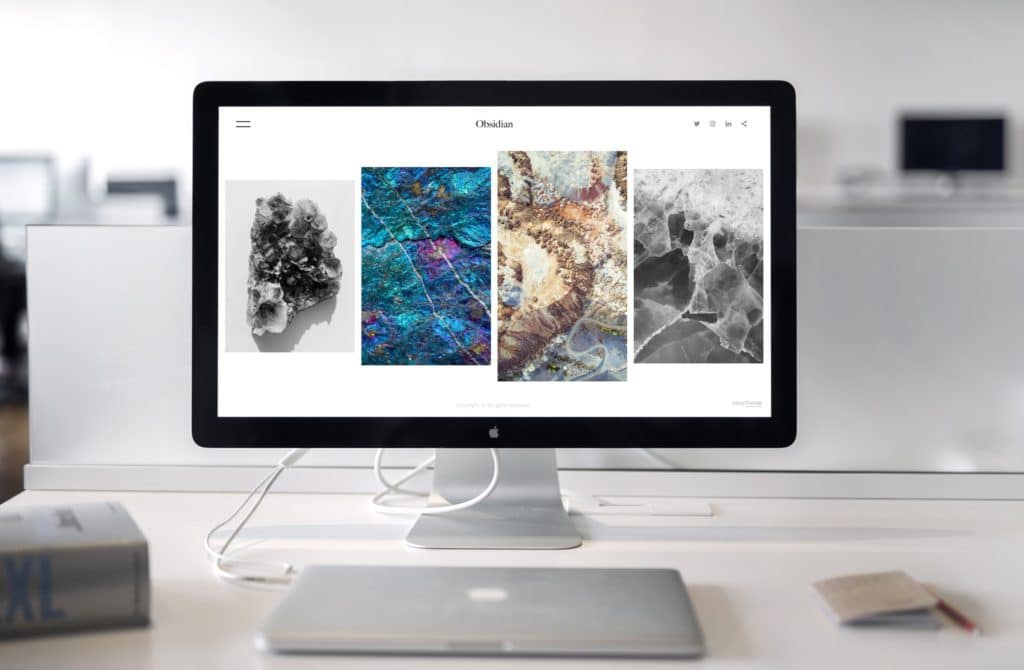This article was contributed by Anthony Wood, the Global Managing Director of Shillington Education.
It was the best of times, it was the worst of times. It was the age of cash flow, it was the age of negative receipts. It was the time of great celebration, it was the time of unparalleled stress.
Running your own business is one of the most intense things you can do. There’s nothing more rewarding than running a great team and blowing past all your goals, whether it’s introducing a new technology to a stagnant industry or carving out your own little corner of a massive market.
There’s also nothing more stressful than a business on its last legs. Many entrepreneurs sink their life savings into big projects, and face both personal and professional ruin should their business fail.
Yet struggling entrepreneurs may overlook one investment that pays for itself many times over: design.
Design matters
Design is important precisely because there are real monetary benefits.
You can’t exactly put a dollar value on a responsive website with excellent UX that can work on mobile (phones and tablets) as well as computers (laptops and desktops). But companies that excel in design will see the results in their profits.
The Design Management Institute set out to measure how design-centric companies fared compared to the rest. Their survey, the Design Value Index, assessed 16 publicly traded, design-conscious companies such as Apple, Intuit, Whirlpool, and Steelcase, contrasting them against the S&P 500 as a whole. These design-heavy organizations had experienced executives dedicated to design, consistently invested in design, and had an understanding leadership that supported design initiatives.
The results were impressive: companies which put a premium on design saw a 211 percent return over companies in the S&P 500 index. As the DMI notes, this was the third year that design-focused companies saw returns over 200 percent.
Yes, but why should I hire a designer?

Thanks to the internet, finding a talented designer or studio is easier than ever, but convincing business owners to do so isn’t. For one, there isn’t too much research on how creatives can help your bottom line. For another, the effects of what they do aren’t always quantifiable in a specific sense: if your company renovates your website and revamps email marketing from scratch, it’s hard to determine which measure helped turn your revenue around.
But design has an undeniable impact on the big picture. Rethinking design, whether it’s UX, packaging, or product, can transform the customer journey for your business. That means more engagement, more buzz, and ultimately, more sales.
The digital side of the customer journey

UX is hugely important.
In a world where people increasingly shop online, design can make or break your sales numbers, and thus, your cash flow. In 2016, the Department of Commerce reported that online sales totalled $394.9 billion, a growth rate of 15.1 percent. When you adjust the data to exclude items not normally bought online (like cars and petrol), online sales account for 15.6 percent of all retail. Projections show that by 2022, online sales are predicted to rise to $638 billion, comprising 17 percent of all US retail sales.
This trend is the same throughout the world. Globally, e-commerce is expected to hit $4.5 trillion by 2021, an increase of 246 percent, with B2B, rather than B2C, making up the bulk of the growth. If current e-shopping trends continue, then the two biggest online shopping channels will be computers (53.9 percent) and smartphones (33.7 percent). Given the growing strength of online shoppers, companies cannot neglect design.
Confusing, poorly-made websites will lead to customers dropping out of frustration, moving onto a competitor with a smoother, less irritating interface. But strong UX also means that the sales funnel from exploring products to checkout is thoughtful and seamless, with little opportunity for buyers to go astray.
That’s why a UX review is so critical. For a struggling company, it helps to have outside UX experts come in and audit their current performance. These specialists can bring a new point of view, removing unnecessary features, reinforce core functions, and help redesign the entire interface. Of course, if you run a software-as-a-service (SaaS) business, UX is doubly important: you will live or die by how intuitive (or clunky) your customers find your product.
UX can also help improve your value proposition, allowing you to connect with audiences and build a strong following. Why should your customers care about you? What do you do–and how do you do it differently than the competition? To drive your value prop, you need to strike at the heart of your unique strengths quickly and concisely.
Case study: Capsule

Of the countless web companies out there, several stand out for their impressive messaging. Consider Capsule, the digital pharmacy app that launched with a bang about two years ago.
Frustrated with the status quo, the team behind Capsule sought to transform the slow, inconvenient experience of buying prescription drugs. Physical pharmacies have real shortcomings, from privacy (others can overhear your problems) to long wait times and ceaseless questions. Capsule removes all these issues, instead allowing customers to enter their insurance information and prescriptions, pay only their copay, and receive medicines by (free) delivery.
For questions, Capsule provides pharmacists on-demand, so that both parties can talk more privately and at length about any confusing questions or lifestyle changes. Of course, this isn’t actually possible in the cramped, stressful setting of a drugstore.
This model is a successful one: Capsule raised $20 million in funding in 2017, and has inspired a wave of imitators. None of it would have been possible without strong UX.
The physical aspect

The other side of the coin is a tangible product. Once you have a website that communicates your brand story, helps your customer better understand the product, and make the purchase, you’re already halfway there. Once customers receive a beautiful package and a personal message–you’ve just sealed the deal.
Obviously, crap wrapped in gold is still subpar. But a beautiful, well-made package can elevate even a pedestrian product to a higher level. Case in point: Mast Brothers. Plenty of digital ink has been spilled about the chocolate itself, discussing whether it really is a artisanal, bean-to-bar product or debating its taste.

Yet from a design and branding perspective, Mast Brothers really nails the big picture. First, the brothers go all-in, growing out beards, touting the craft chocolate angle, and yearn for a mystical, bygone past. They tout authenticity and play up the hipster angle, winning over celebrities and the general public alike.
Ostentatious–and effective.
And their packaging is fantastic, as even their staunchest critics will admit: thick, luscious paper in a vast range of elaborate designs, from Florentine-inspired patterns to jagged, abstract shapes to Escher stairs. The texture is a feast for the fingers: small ridges and slight bumpiness throughout. A clever, thoughtful addition, given that our sense of touch is quite sensitive; fingers can perceive changes as small as 13 nanometers, or the width of a human hair.
Yet Mast Brothers isn’t the only example of how rebranding can propel your company into the spotlight. Rxbar, a maker of protein bars, revamped their public persona from top to bottom–and won an Inc Design Award in the process. They hired an agency to radically redo the packaging, emphasized the natural ingredients (and the lack of additives), and played to health conscious, like CrossFit athletes or Millennials. Their website is also a masterpiece of understated design as well, telling stories of real people, reinforcing their organic qualities, and engaging customers from start to finish.

In 2017, Kelloggs bought Rxbar for $600 million.
Ultimately, by itself, design might not be able to turn around a failing company. But given today’s fast-paced, digital-heavy environment, design can either be a serious asset, boosting sales many times over–or a liability, an albatross hung around the neck of a business struggling to stay afloat.
Don’t let it be the latter.

No comments:
Post a Comment